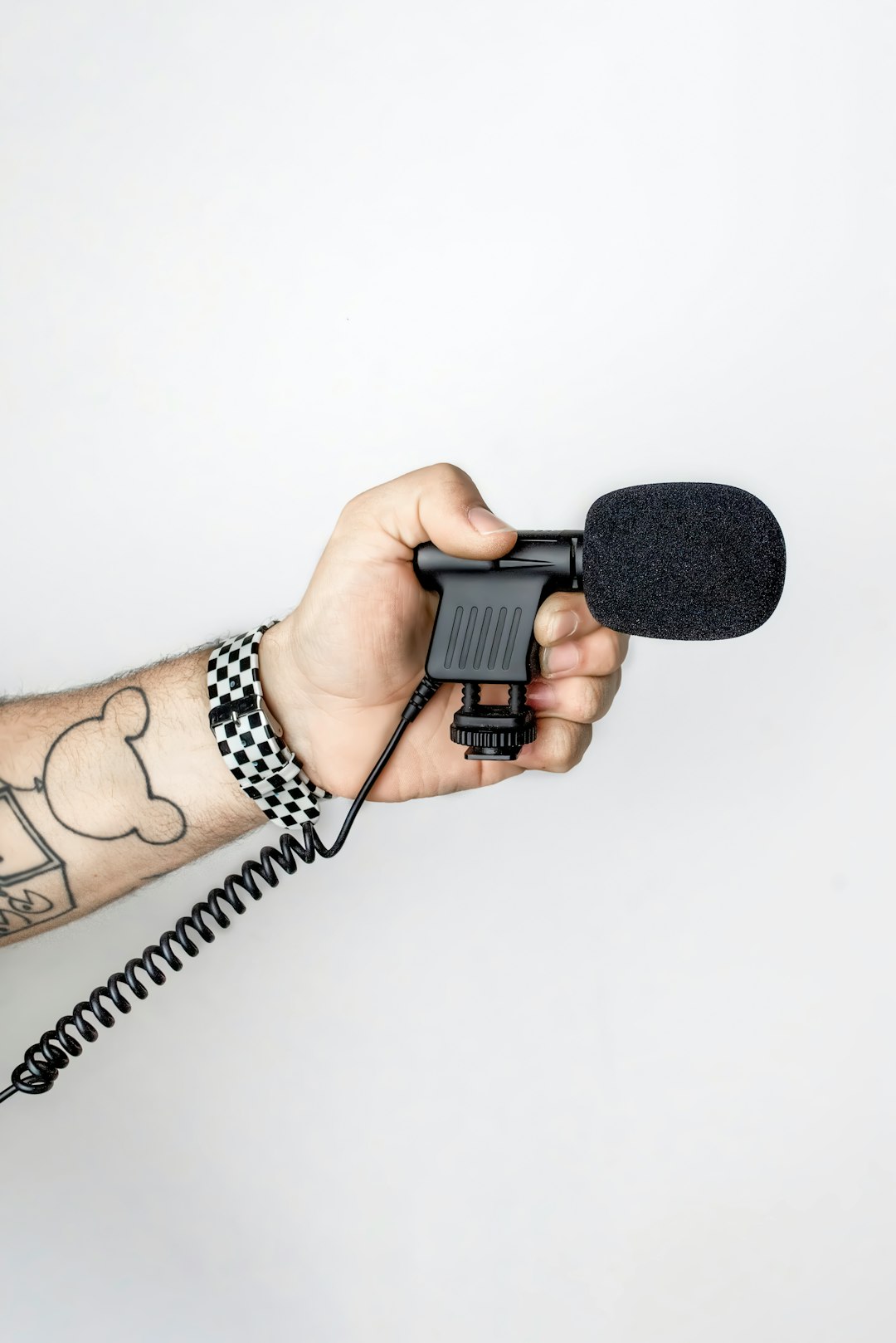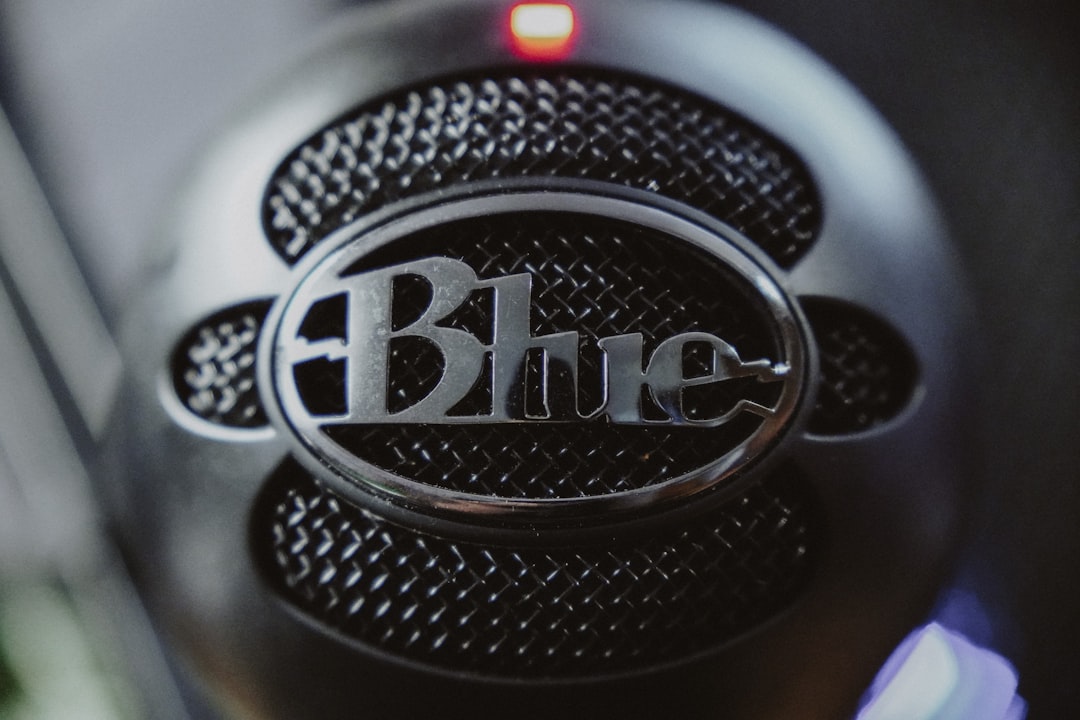When it comes to gaming and streaming, crystal-clear audio is just as crucial as high-resolution visuals. Whether you’re engaging fans on Twitch, leading your squadmates through strategy in competitive gameplay, or recording content for YouTube, investing in a high-quality PC microphone can elevate your audio presence significantly.
Choosing the right microphone can be overwhelming due to the sheer number of options on the market. From USB plug-and-play options to professional XLR mics with advanced settings, there’s something for every skill level and budget. This article highlights the best PC microphones for gaming and streaming in 2024, ensuring you sound your best no matter what you’re doing online.
What Makes a Microphone Great for Gaming and Streaming?
Before diving into product recommendations, it’s important to understand the features that make a microphone well-suited for gaming and streaming:
- Clear audio quality: Your voice should be crisp and isolated from background noise.
- Low latency: Important for real-time communication during live streams or multiplayer games.
- Ease of use: Especially for beginners, a simple setup is key. USB mics typically offer plug-and-play capability.
- Durability and design: A mic that looks great on camera and can endure long streaming sessions is ideal.
- Adjustable pickup patterns: Cardioid, omnidirectional, and stereo modes provide flexibility depending on your setup.
Top PC Microphones for Gaming and Streaming in 2024
1. Blue Yeti USB Microphone
The Blue Yeti remains one of the top choices for streamers and gamers alike. Its versatile tri-capsule array can capture audio in four different pickup patterns: cardioid, bidirectional, omnidirectional, and stereo. Perfect for both solo streamers and group podcasts.
- Connection: USB
- Pickup Patterns: Cardioid, Omnidirectional, Bidirectional, Stereo
- Best For: Streamers looking for flexibility and high-quality audio

2. Elgato Wave:3
Designed with content creators in mind, the Elgato Wave:3 combines simplicity and power. It features a cardioid condenser capsule for detailed voice capture and proprietary Clipguard technology to prevent distortion. Its integration with the Wave Link app allows you full control over audio sources.
- Connection: USB-C
- Pickup Patterns: Cardioid
- Best For: Streamers who need professional-grade clarity and audio routing
3. Shure MV7
The MV7 is a hybrid XLR/USB dynamic microphone, inspired by the legendary SM7B, renowned in the podcasting and radio world. It delivers rich and warm vocals, thanks to its voice-isolating technology, even in less-than-ideal acoustic environments. Ideal for streamers who want versatility and top-tier quality.
- Connection: USB and XLR
- Pickup Patterns: Cardioid
- Best For: Semi-pro to professional gaming content creators

4. Rode NT-USB Mini
Compact in size but great in performance, the Rode NT-USB Mini offers excellent sound quality and simple setup. It comes with a built-in pop filter to reduce plosives and features magnetic desk stand mounting. Best suited for gamers who need quality without the extra bells and whistles.
- Connection: USB
- Pickup Patterns: Cardioid
- Best For: Beginners and streamers with limited desk space
5. Audio-Technica AT2020USB+
Known for its studio-quality performance, the AT2020USB+ offers detailed sound and excellent voice reproduction. Its USB connectivity makes it accessible for newer streamers, while its internal components meet the standards required for professional recording work.
- Connection: USB
- Pickup Patterns: Cardioid
- Best For: Streamers prioritizing studio-level audio on a budget
Wired vs. Wireless Microphones
When selecting a gaming microphone, you might consider whether to go for wired or wireless options. While wireless may seem more convenient, USB or XLR wired microphones tend to offer more stable and clearer sound quality — which is essential for streaming and gaming communication. Wireless mics also require battery charging and can introduce latency or interference.
USB vs. XLR: Which is Right for You?
USB microphones are ideal for beginners because they plug directly into a computer and require no special hardware or preamps. They’re user-friendly, affordable, and sufficient for most streamers.
XLR microphones, on the other hand, are more suitable for professionals or advanced users who want studio-grade sound. These require an audio interface or mixer to connect them to your PC, offering greater control over gain, EQ, and other audio parameters.
Additional Accessories to Consider
To get the most out of your microphone, a few accessories can make a world of difference:
- Pop filters: Reduce plosive sounds caused by ‘P’ and ‘B’ syllables.
- Shock mounts: Isolate the mic from vibrations and desk noise.
- Boom arms: Help position the mic at the ideal distance and angle without cluttering your desk.
- Audio interfaces (for XLR mics): Necessary for converting analog signals to digital.

Conclusion
Whether you’re just starting out as a content creator or upgrading your current setup, the right microphone can significantly influence the quality of your gaming and streaming experience. Models like the Blue Yeti and Elgato Wave:3 offer a perfect balance of quality and convenience for most gamers, while premium options like the Shure MV7 cater to professionals who need absolute control and clarity.
Investing in a reliable microphone not only enhances your own streams but also improves engagement and professionalism, ensuring your voice is heard loud and clear every time you go live.
Frequently Asked Questions (FAQ)
- Q: Are USB microphones good enough for streaming?
- A: Yes, many USB microphones like the Blue Yeti or Elgato Wave:3 offer excellent sound quality and are used by professional streamers as well.
- Q: What does the cardioid pattern mean?
- A: Cardioid mics pick up sound primarily from the front and sides, while minimizing background noise from the rear. Ideal for solo speaking roles in streaming.
- Q: Do I need any special software to use these microphones?
- A: Most USB microphones are plug-and-play. However, some brands offer optional software for extra customization and audio routing features.
- Q: What’s the difference between condenser and dynamic microphones?
- A: Condenser mics are more sensitive and detailed, often used in studio settings. Dynamic mics are better at handling loud sounds and background noise, making them ideal for live streaming environments.
- Q: Can I use these microphones for podcasting as well?
- A: Absolutely. Most of the microphones listed are versatile enough for gaming, streaming, podcasting, and voiceovers.
